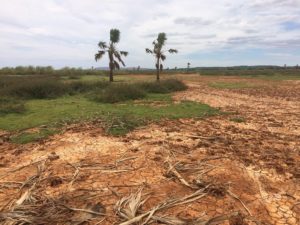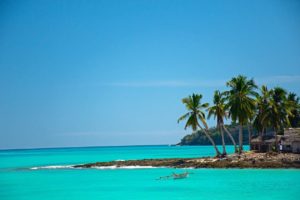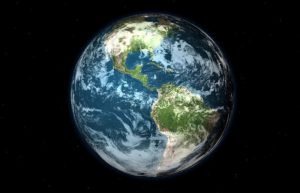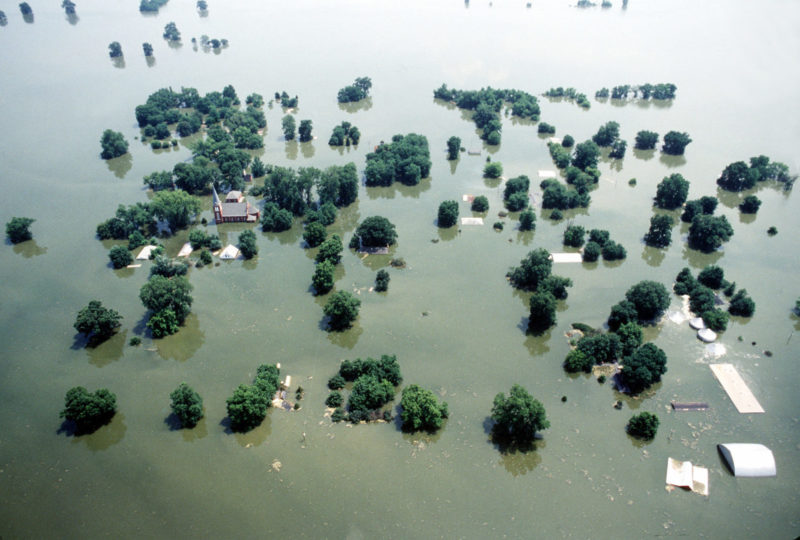What Is The Difference Between The Global North VS The Global South?
The smallest islands on our planet are the most affected by climate change, but why is this? Smaller islands are the first to be affected by climate change due to being closer to sea level, so when the sea is rising it is more likely that the islands will become flooded. They are also more likely to be less developed, so when they are impacted by climate change they don’t have enough money to protect themselves properly.
The majority of smaller islands are in the global south, which includes all countries below the middle of the map, and the global north is all countries above the middle of the map, plus Australia and New Zealand.

What do we mean when we talk about the global north and south?
The global north includes the richest countries that have the most up to date technology and resources, whilst the global south are countries that usually have less resources and money, so therefore their citizens are more likely to suffer from poverty.
The global north’s impact on smaller islands
The global north produce the most carbon dioxide and waste in the world. After they have produced this waste they use large ships to recycle and dump it in the global south. Not only is this creating more waste in the global south, but the harmful gases released from these ships are also putting more carbon dioxide into the environment.
Some examples of countries in the global north are the USA, UK and China. These countries cause some of the most devastating aspects of climate change, such as the USA, who are responsible for 40% of global carbon emission. In addition, in 2016 half of the worlds metal, paper and plastic was made in China. This is causing the smallest islands to become overwhelmed.
What is actually happening to these islands?
Climate change affects every country in different ways. Some of the worst affected islands in the world are:
Tuvalu– Located in the global south directly between Hawaii and Australia, and is home to 11,000 people. Tuvalu is a tiny island that spans only 26 square kilometres. It is predicted that a number of its islands could sink due to the sea levels rising and large waves which put the island at risk of flooding. As a result of this scientists have suggested that in the next 50-100 years people will no longer be able to stay there.
Madagascar– Due to rising temperatures, Madagascar is experiencing the worst drought it has seen in 40 years. This is causing a climate related famine (an extreme lack of food). This is occurring in Madagascar despite having only contributed a small amount of carbon to the environment in the last 80 years.

Does the way we live affect the climate?
In Scotland, only 17% of people live in poverty compared to 66% of people in India. As a result of this, people will live different types of lifestyles. People who live in high income housing are likely to produce more carbon, this is due to them using more cars and energy. They also produce a huge amount of waste which ends up in landfill.
Lower income housing particularly in India has not only been affected by climate change due to rubbish being dumped near houses, but also because of open sewage running through the streets, which is harmful to the environment due to the dangerous gases it releases. Individuals are also impacted due to rats being attracted to the rubbish, which can cause disease and make whole villages ill.
However, it is not the fault of people living in these areas that they are influencing climate change, it is simply the conditions in which they live, and the government not being able to afford to improve living standards and their quality of life.
What can the global north do?
Many developed countries have agreed to give $100 billion a year from 2020 to developing countries. This will help them cut the amount of carbon they produce and change the amount they spend on climate change in order for them to reduce the impacts they experience. Unfortunately this promise has not been delivered, but this has the potential to be resolved at COP26.
Finally, on a more positive note, Scotland no longer uses coal to heat our houses and instead uses more renewable sources such as wind and solar power. This will hopefully reduce the amount of pollution and worry for those in the global south as the global north is starting to introduce plans that will fight climate change.
References:
https://www.theguardian.com/global-development/2019/may/16/one-day-disappear-tuvalu-sinking-islands-rising-seas-climate-change
https://www.ban.org/news/2021/4/20/the-global-norths-environmental-impact-on-the-global-south
https://www.igi-global.com/dictionary/decolonizing-global-learning-and-internationalization/62928#:~:text=Global%20North%20refers%20to%20those,Language%20Use%20and%20Global%20Inequality
https://www.weforum.org/agenda/2021/09/how-climate-change-is-causing-famine-in-madagascar/
https://journals.sagepub.com/doi/pdf/10.1177/1536504212436479#:~:text=The%20phrase%20%E2%80%9CGlobal%20South%E2%80%9D%20refers,politically%20or%20culturally%20mar%2D%20ginalized.
https://data.gov.scot/poverty/#:~:text=It%20is%20estimated%20that%2019,people)%20were%20living%20in%20poverty.
https://www.soschildrensvillages.ca/news/poverty-in-india-602
By Ava Brown and Taylor Kennedy


